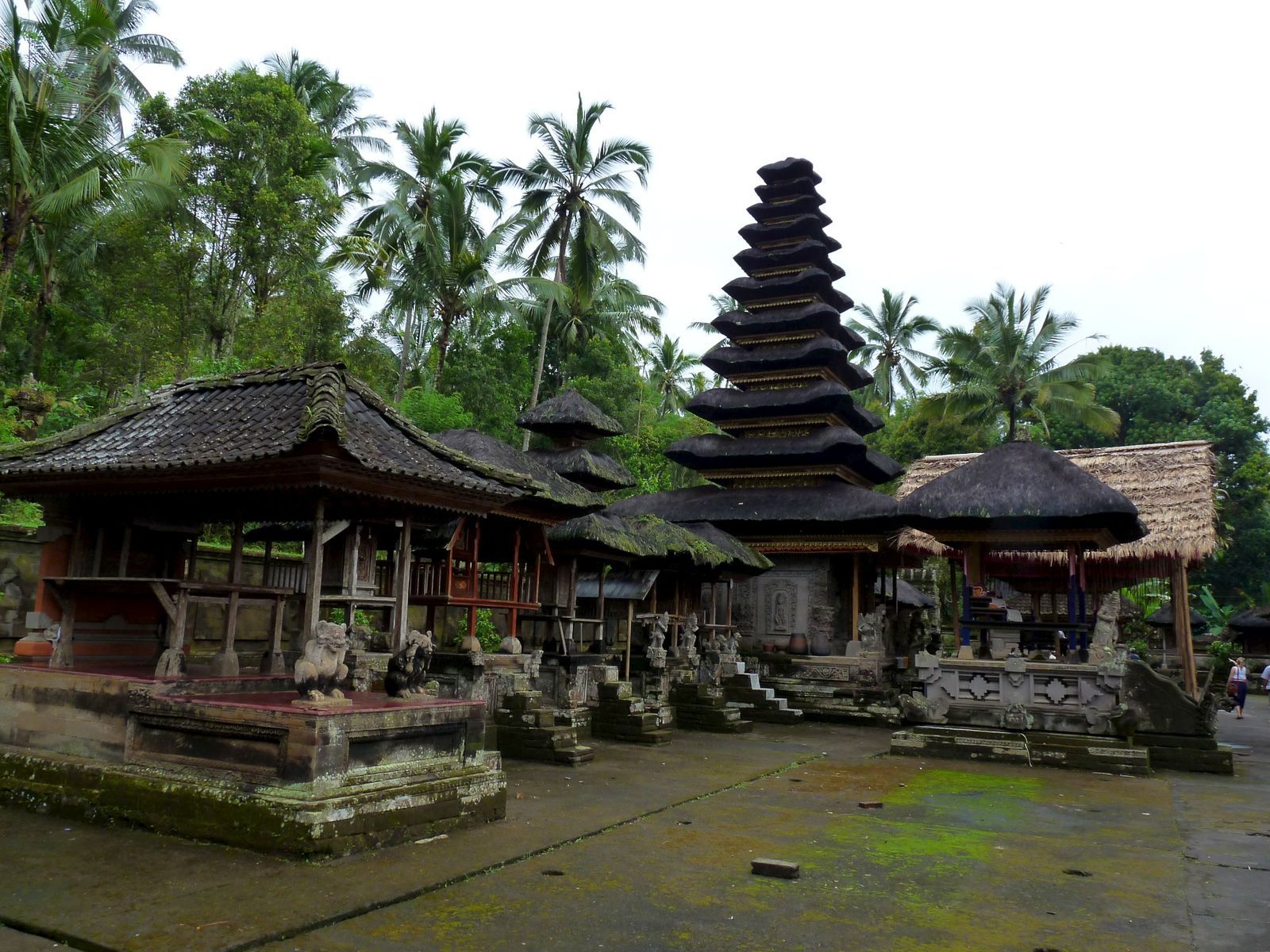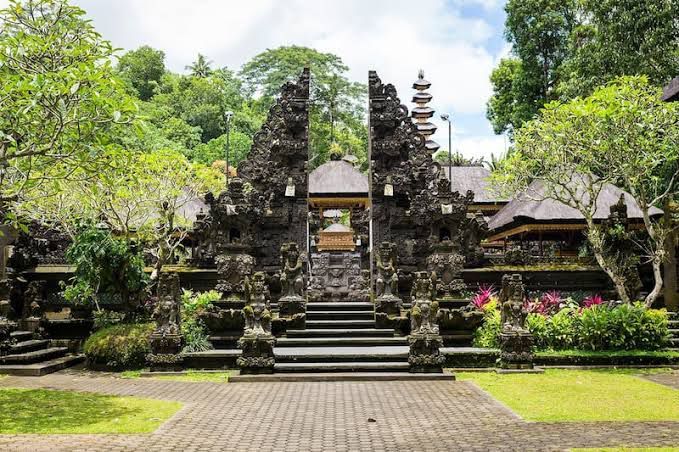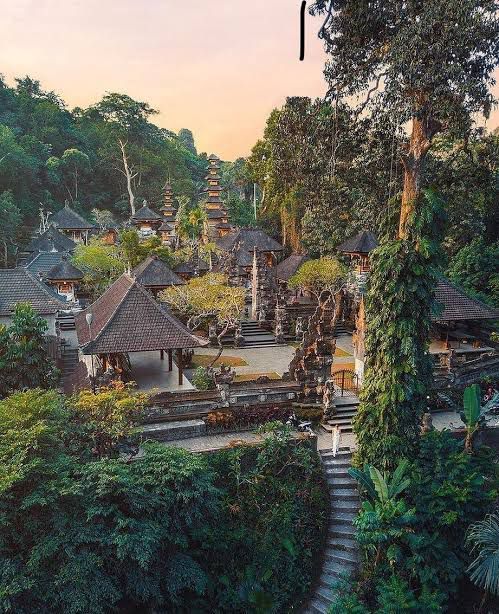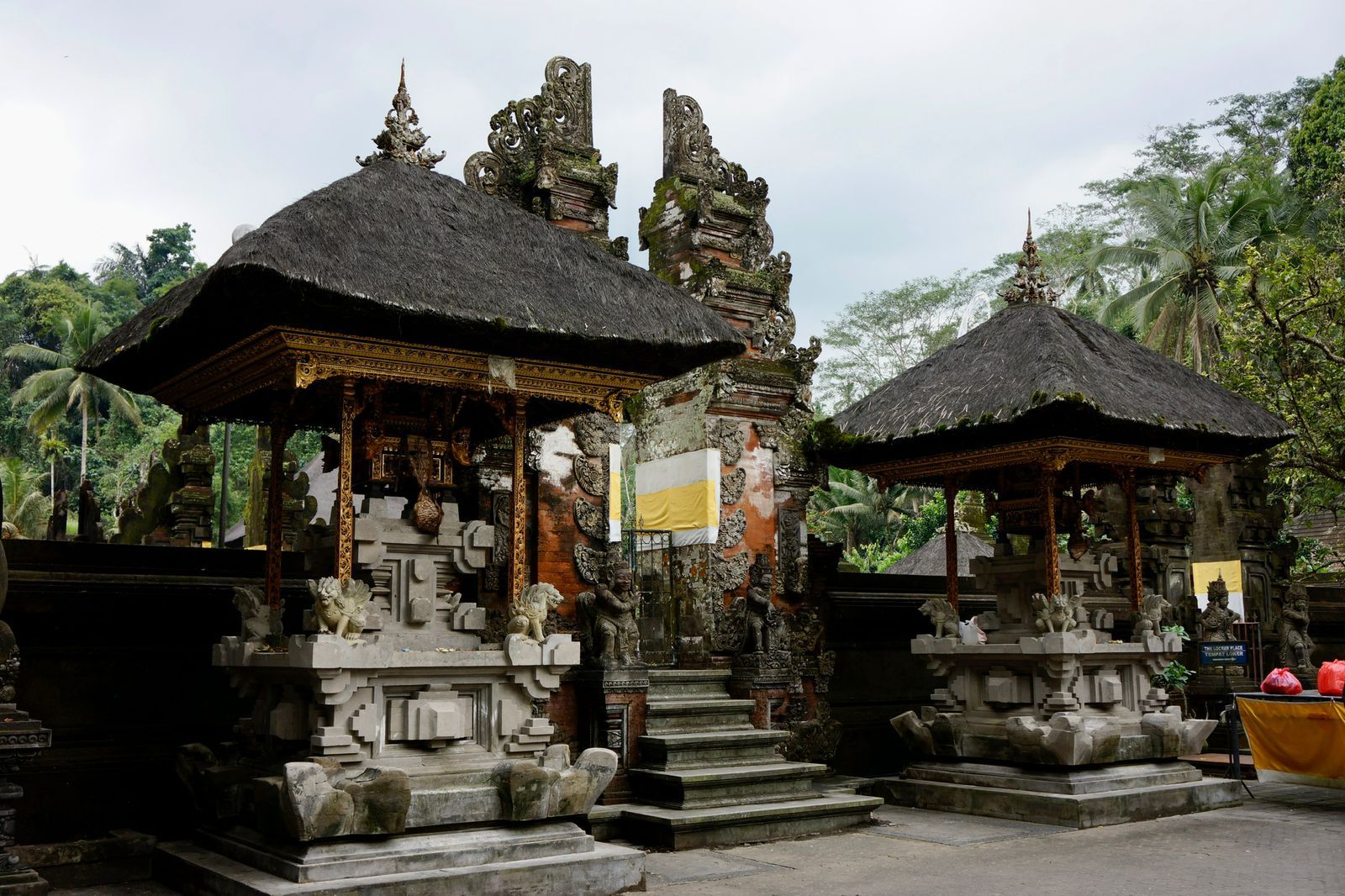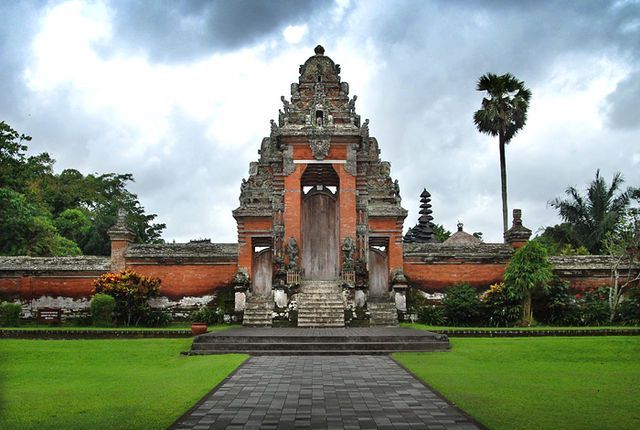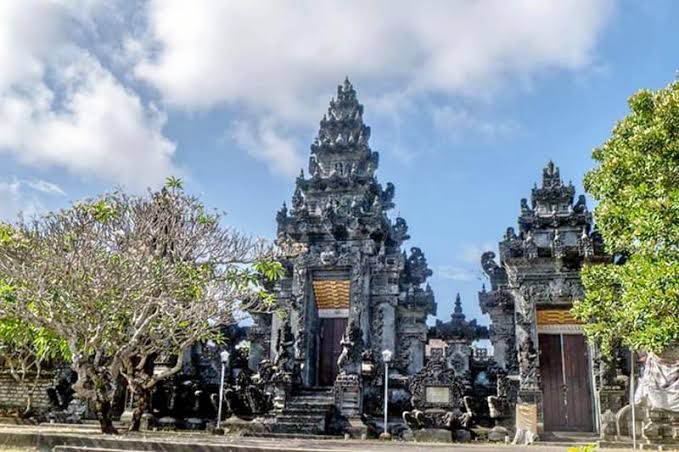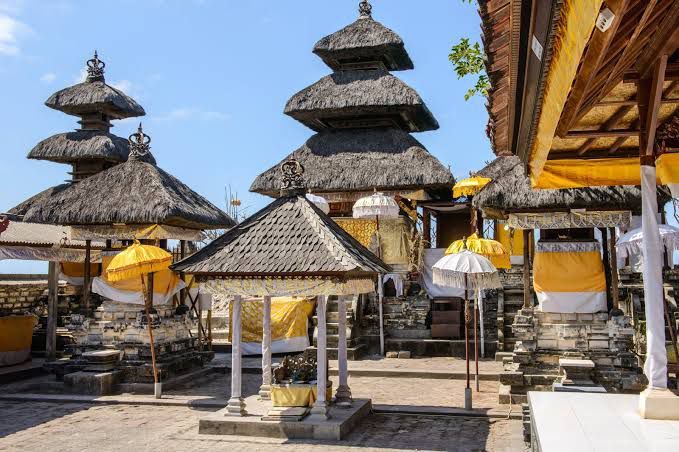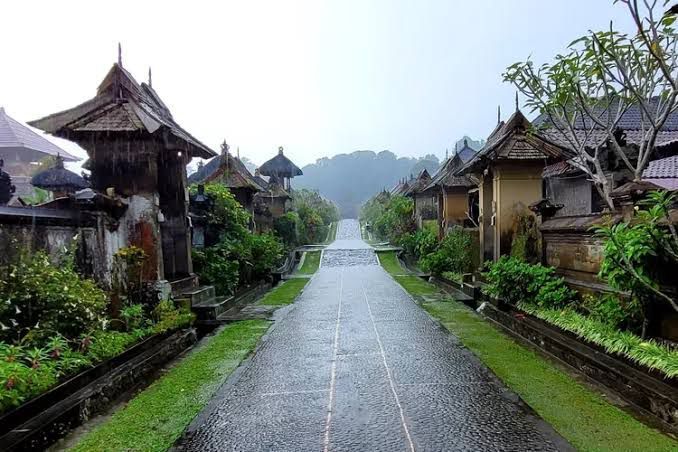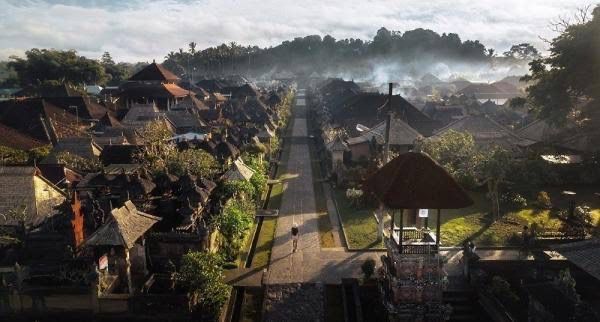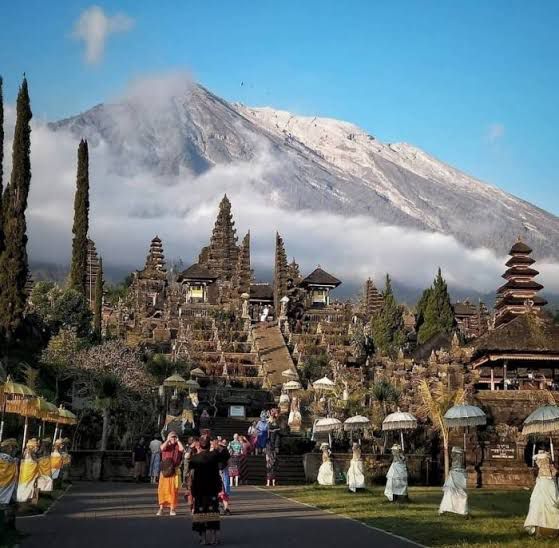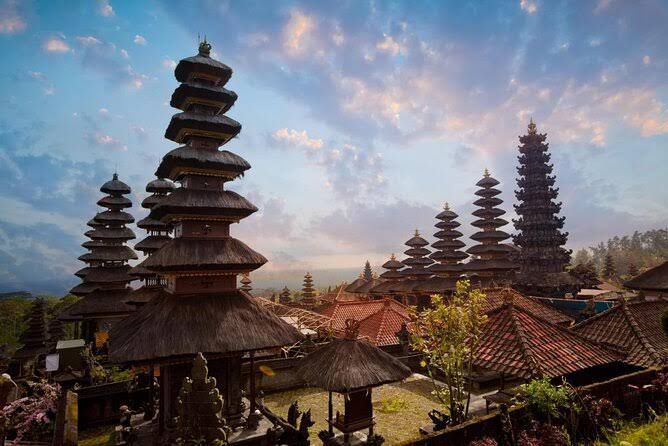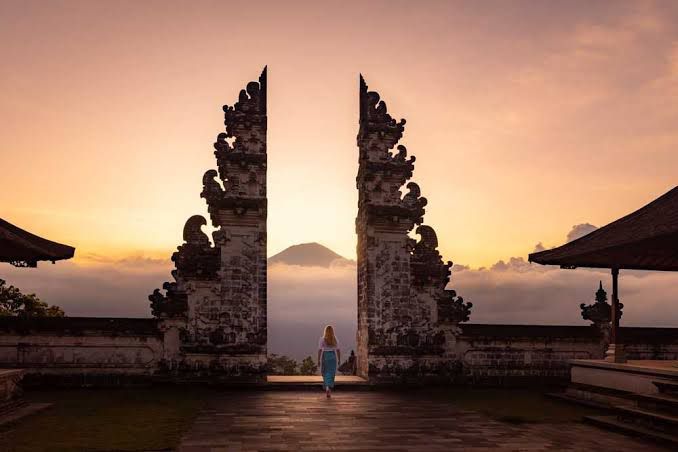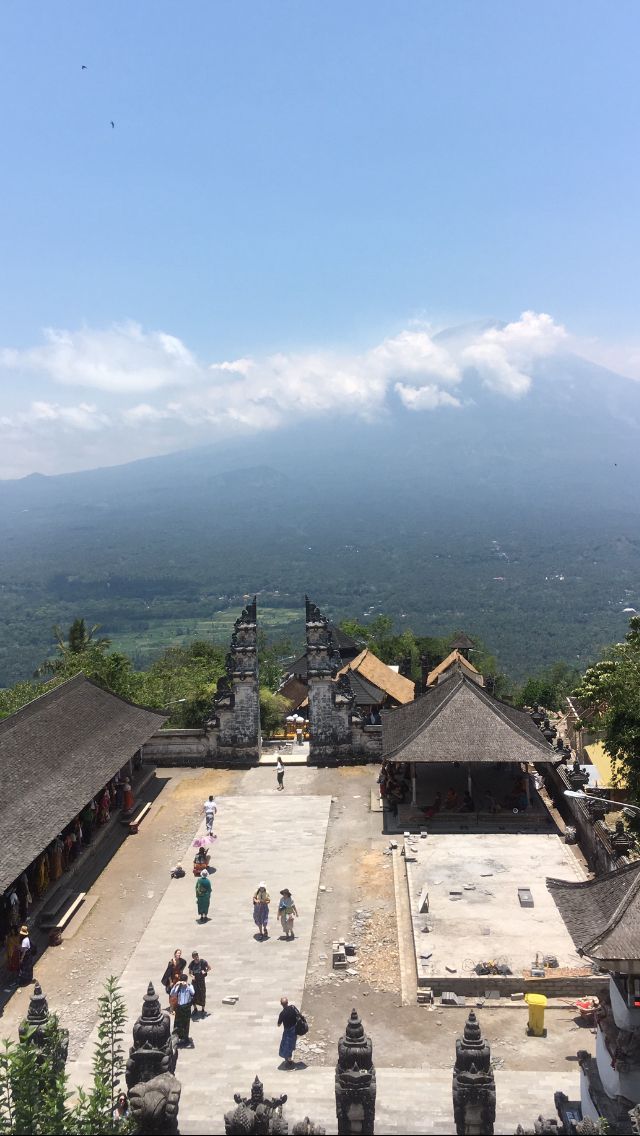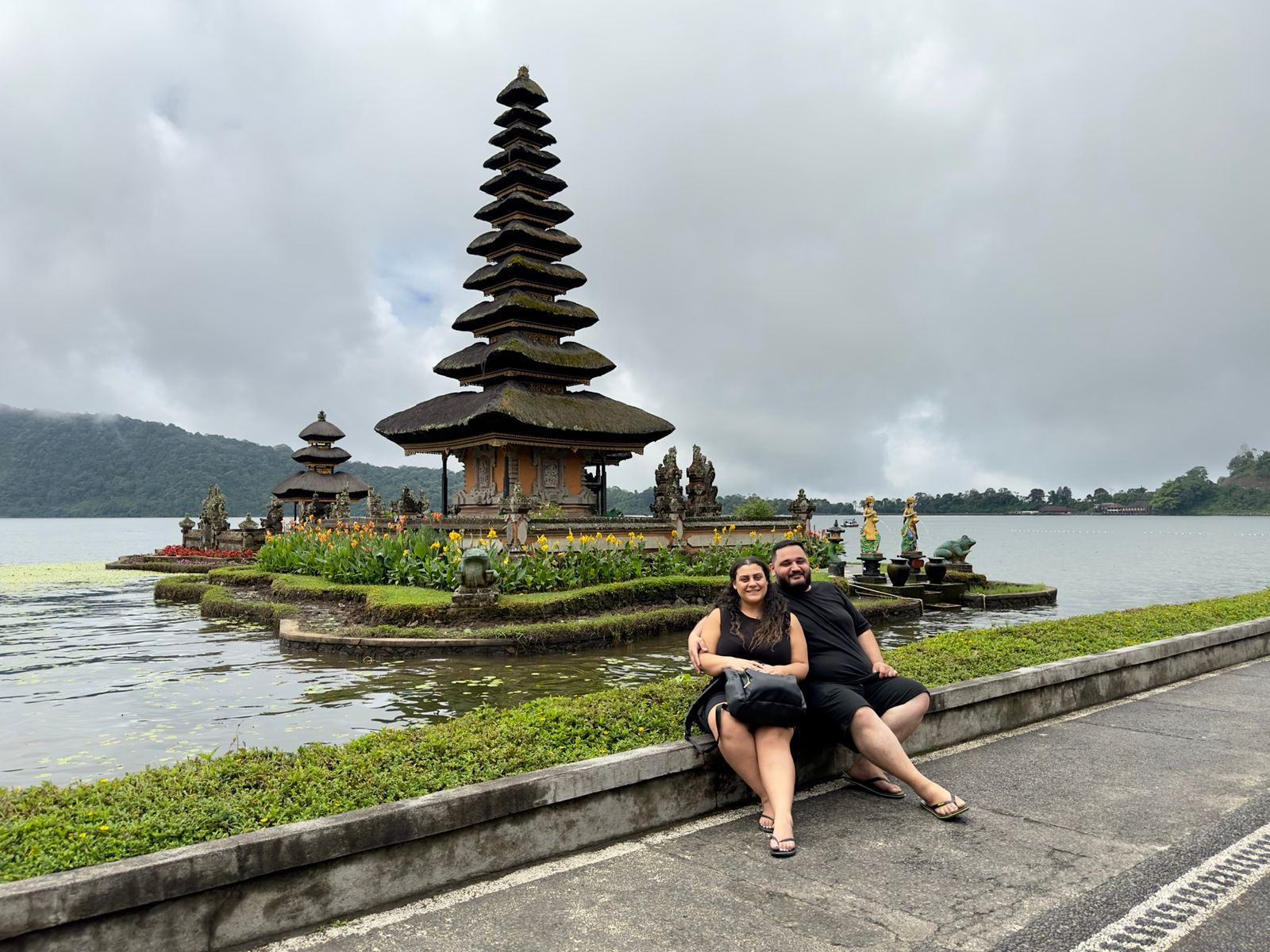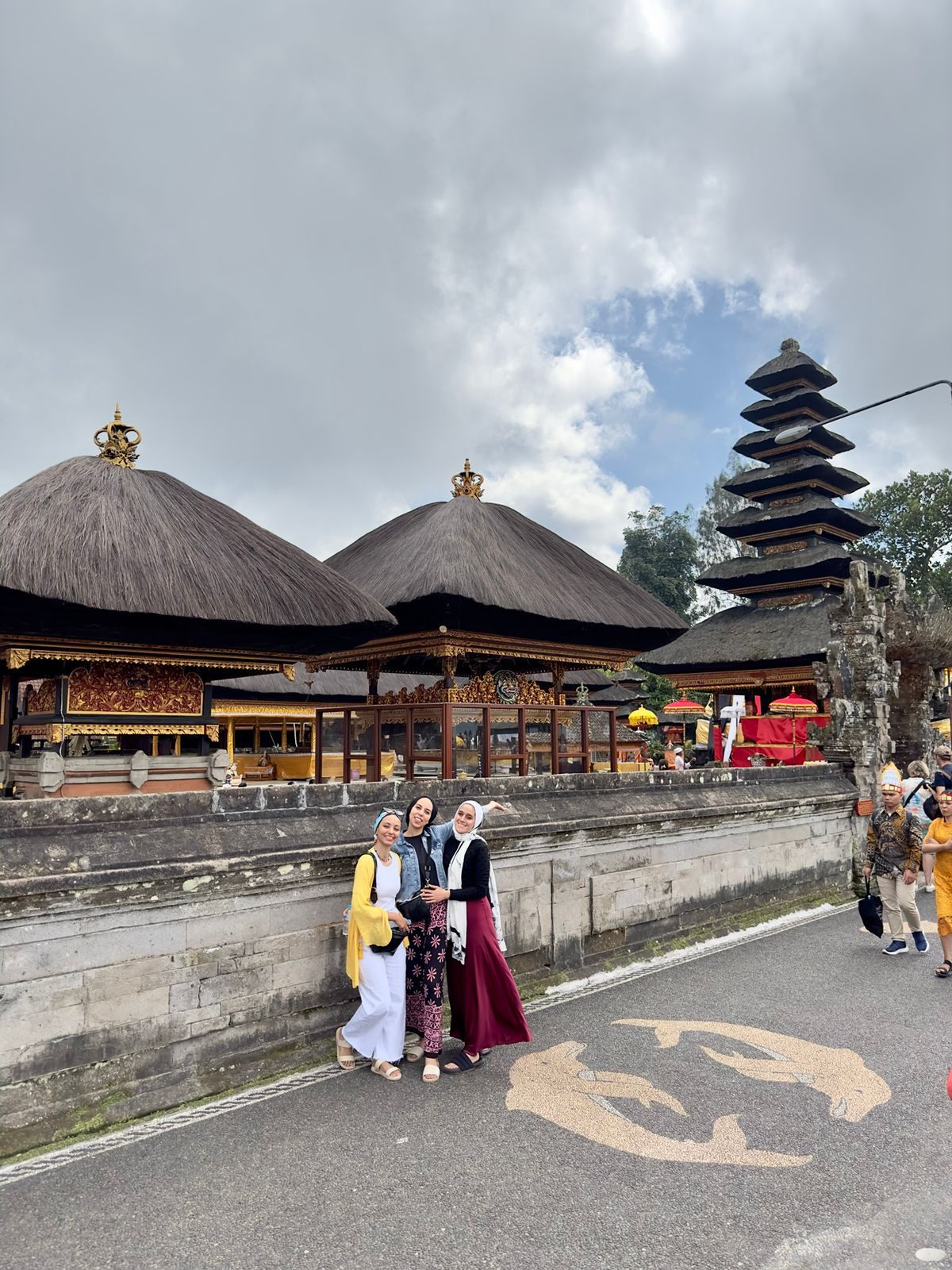www.naturelust.org
Pura Kehen was the main temple of the Bangli Regency. Bangli Regency was formerly the center of a kingdom known under the same name. The Bangli Kingdom was one of the nine kingdoms of Bali. The name Bangli derives from bang giri, meaning “red forest” or “red mountain”. The Regency of Bangli was founded by the Gelgel Kingdom of the Majapahit dynasty.
Pura Kehen was mentioned three times in three copper inscriptions dated from the late 9th century, the early 11th century, and the 13th century. The copper inscriptions mentioned the temple under different names. In the late 9th-century inscription, the temple was mentioned as Hyang Api (“god of fire) by the Brahmans who maintain the temple. In the second inscription dating to the early 11th-century, the temple was named Hyang Kehen; the word Kehen is derived from the Balinese word keren which means “flame”. In this period, the Pura Hyang Kehen was the official temple where oath ceremonies took place for royal officials. In such ceremonies, those who are proven unfaithful will be subjected to the terrible sapata (“curse”) to him, his families, and his descendants. The oath ceremony was performed in front of the figure of Hyang Api or Hyang Kehen, the god of fire Agni. A vessel known as bejana sarpantaka was used for such performance; this vessel, which is decorated with four serpents winding around the vessel, was kept in an enclosed pavilion to the east of the main shrine of Pura Kehen.
The temple was named Pura Kehen in the 13th-century inscription. All inscriptions mentioned the association of Pura Kehen with the village of Bangli.
Pura Gunung Lebah temple was built in the 8th century by a priest from India. This pastor was named Rsi Markandeya, one of the priests who built many temples in Bali. One of the biggest temples in Bali, which was founded by Rsi Markandeya is the temple of Besakih.
The establishment of this temple was originally, Rsi Markandeya felt a magical power from the Campuhan Ubud river valley. Because of the magical power in the Campuhan river valley, after he returned from the journey to establish a temple at the foot of Mount Agung (pura Besakih). He built a temple in the Campuhan river valley, which was originally used as a place of meditation.
The history of the Gunung Lebah temple is closely related to the name of a tourist village in Bali which is currently very well known to foreign countries namely Ubud. The beginning of the formation of the Ubud village began with the establishment of a settlement in a location near the temple. Because in the river area Campuhan there are many types of plants that can be used as medicine. So this village is called Ubud which comes from the word Ubad, meaning medicine.
Tirta Empul Temple was founded around a large water spring in 962 A.D. during the Warmadewa dynasty (10th-14th centuries). The name of the temple comes from the ground water source named “Tirta Empul”. The spring is the source of the Pakerisan river. The temple is divided into three sections: Jaba Pura (front yard), Jaba Tengah (central yard) and Jeroan (inner yard). Jaba Tengah contains 2 pools with 30 showers which are named accordingly: Pengelukatan, Pebersihan and Sudamala dan Pancuran Cetik (poison).
The temple is dedicated to Vishnu, another Hindu god name for the supreme consciousness Narayana. On a hill overlooking the temple, a modern villa was built for President Sukarno’s visit in 1954. The villa is currently a rest house for important guests.
Pura Taman Ayun is a compound of Balinese temple and garden with water features located in Mengwi subdistrict in Badung Regency, Bali, Indonesia. Henk Schulte Nordholt wrote in his book Negara Mengwi that Taman Ayun was renovated in 1750. The architect’s name is given as Hobin Ho.[1] The temple garden was featured on the television program Around the World in 80 Gardens. On 2012, the Subak cultural landscape of Bali including Pura Taman Ayun was inscribed as a World Heritage Site by UNESCO.
Pura Geger Temple is one of Nusa Dua’s most important cultural landmarks. The temple overlooks the namesake Geger Beach. The waves from the open sea crashing at its rocky limestone base. The outline of the temple’s towering shrines adds an impressive frame to the overall seascape of Geger. You can enjoy a panoramic view on clear mornings over the bay, with Mount Agung on the horizon. Pilgrims frequent the temple on full and new moons on the Balinese calendar. Major celebrations take place every Purnama Kanem or ‘sixth full moon’ at the temple.
Geger Temple is a historical and cultural bastion amidst the modern five-star luxury resorts that dominate the Nusa Dua beach resort area. Namesake of the stretch of white sand that it looms over from above a limestone cliff, the temple offers a great setting for those who love landscape photography, and on clear mornings you can enjoy panoramas north over the bay with Mount Agung on the horizon.
[20/04, 04:31] Lukas Guide Taxi 2: Penglipuran Village is believed to be inhabited during the reign of I Dewa Gede Putu Tangkeban III. Almost all of the villagers believe that they are from Bayung Gede Village. In that time, the people of Bayung Gede were people who were experts in religious, custom and defense activities. Because of their abilities, they are often called to the Bangli Kingdom. But because of the distance, the Bangli kingdom finally provided a temporary area for the people of Bayung Gede to rest. This place is often referred to as a Kubu Bayung. Kubu means “camp” and “bayung” means people from Bayung Gede village. This place is then believed to be the village they live in now. They also believe that this is the reason that explains the similarity of traditional rules and building structure between Penglipuran village and Bayung Gede village.
Regarding the origin of the word Panglipuran Village, there are two different perceptions that are believed by the community. The first is Penglipuran means “pengeling pura” with “Pengeling” means to remember and “temple” means ancestral place. The second perception says that penglipura comes from the word “pelipur” which means comfort and “lipur” which means unhappiness. So if combined, penglipuran means a place for consolation. This perception arises because the Bangli king is said to often visit this village to meditate.
[20/04, 04:34] Lukas Guide Taxi 2: Besakih Temple is a pura complex in the village of Besakih on the slopes of Mount Agung in eastern Bali, Indonesia. It is the most important, largest, and holiest temple of Balinese Hinduism, and one of a series of Balinese temples. Perched nearly 1000 meters up the side of Gunung Agung, it is an extensive complex of 23 separate but related temples with the largest and most important being Pura Penataran Agung. The temple is built on six levels, terraced up the slope. The entrance is marked by a candi bentar (split gateway), and beyond it, the Kori Agung is the gateway to the second courtyard.
Lempuyang Luhur Temple is one of Sad Kahyangan Temples in Bali besides Besakih Temple, Goa Lawah Temple, Uluwatu Temple, Batukaru, and Pura Pusering Jagat (Puser Tasik).
Besides as a holy place, Lempuyang Temple is also well known for photography spot. There are some great split gates with unique statues that face to backdrop of Agung Mount.
Pura Ulun Danu Batur (also known as “Pura Batur” or “Pura Ulun Danu”) is a Hindu Balinese temple located on the island of Bali, Indonesia. As one of the Pura Kahyangan Jagat, Pura Ulun Danu Batur is one of the most important temples in Bali which acted as the maintainer of harmony and stability of the entire island. Pura Ulun Danu Batur represents the direction of the North and is dedicated to the god Vishnu and the local goddess Dewi Danu, goddess of Lake Batur, the largest lake in Bali. Following the destruction of the original temple compound, the temple was relocated and rebuilt in 1926. The temple, along with 3 other sites in Bali, form the Cultural Landscape of Bali Province which was inscribed as a World Heritage Site by UNESCO in 2012.
